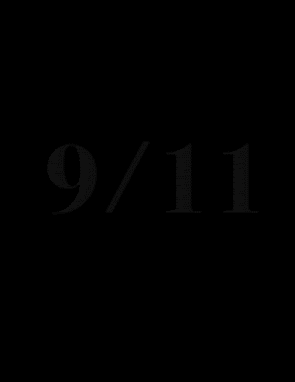The bombing of the Gaza Strip has predictably been justified by Israel and the United States as self-defense by a country under attack from a ‘terrorist’ organization. Claims of ‘surgical air attacks’ against ‘carefully selected targets,’ to minimize civilian casualties, are repeated by Israeli politicians and government spokesmen in their daily encounters with the world media. In Jerusalem, as in Washington, the blame for the plight of Palestinians is placed entirely on Hamas, which rules the territory.
A little perspective is needed to understand what is really happening in Gaza. Roughly 400 Palestinians were killed and as many as 2000 injured in the first five days of Israeli bombing, December 27-December 31, 2008. These casualties include children and young students, civilian officials and local policemen. The Gaza Strip is a small territory, about 140 square miles in area and a population of 1.5 million, making it one of the most densely populated places in the world. The scale of bloodshed in Gaza over five days is the same as if almost 2,000 Israelis had been killed and 9,000 wounded in the same period. Imagine the consequences for Israel in such an event. It begins to explain what the people of Gaza have already endured. And their horror is still not over. In contrast, the actual number of Israeli deaths by Hamas rockets fired randomly towards Israel in the same period is four.
Not only have Hamas security complexes and government buildings been hit. Mosques, schools, university buildings and civilian homes lie in ruins. Hospitals have been overwhelmed and shortages of medical supplies and food are making the situation increasingly desperate. Underground tunnels to Egypt, used to transport essential supplies as well as weapons and explosives, have been destroyed. Despite all this, the leader of Israel’s Kadima Party, Foreign Minister Tzipi Livni, says the country has ‘no alternative’ but to carry on.
The Israeli offensive was launched soon after the end of a six-month ‘ceasefire’ with Hamas. In reality, no such ceasefire ever existed, because the continuing Israeli siege of Gaza amounts to an act of war.
Richard Falk, the United Nations special rapporteur, has described the Israeli air attacks on the territory as ‘severe and massive violations of international law as defined in the Geneva Conventions, both in regard to the obligations of an occupying power and in the requirements of the laws of war.’ According to Professor Falk, Israel is guilty of inflicting collective punishment on the entire population of Gaza, of targeting civilians and of using disproportionate force, killing civilians and destroying the administrative infrastructure in the territory.
Certainly the Hamas rocket attacks against civilian targets in Israel are unlawful, he says. But that illegality does not give rise to any Israeli right to violate international humanitarian law and commit war crimes or crimes against humanity in response.
Deepak Tripathi
Online Journal

![[Image6.jpg]](https://blogger.googleusercontent.com/img/b/R29vZ2xl/AVvXsEgNaIXg0_48iqICxzb6odLToabJmiXgIjhmXaaQyem2ZqzqBXttSLZ5ZLzpqG48utbI-EPPDZOwHW19xkVk6_qj-4gGaiLcqw1Lumv61U_Dp6ry0lnUKPQjm4QQaBs91esrSLKl7FKZEg/s1600/Image6.jpg)




![[Zionazis-1.jpg]](https://blogger.googleusercontent.com/img/b/R29vZ2xl/AVvXsEikwu0oZAslARhcp5cHmtn_ED-tlInbWtl392lehVem2UebCE8-gQUb_PM9b3QAHAeIAZqOe9OdInZLq5FQj9DJQ1WO-Fwk2rFEj21TTXPcrfgRXuKUBajDSGzzQbZYupW7oQgq9YhhZg/s1600/Zionazis-1.jpg)


